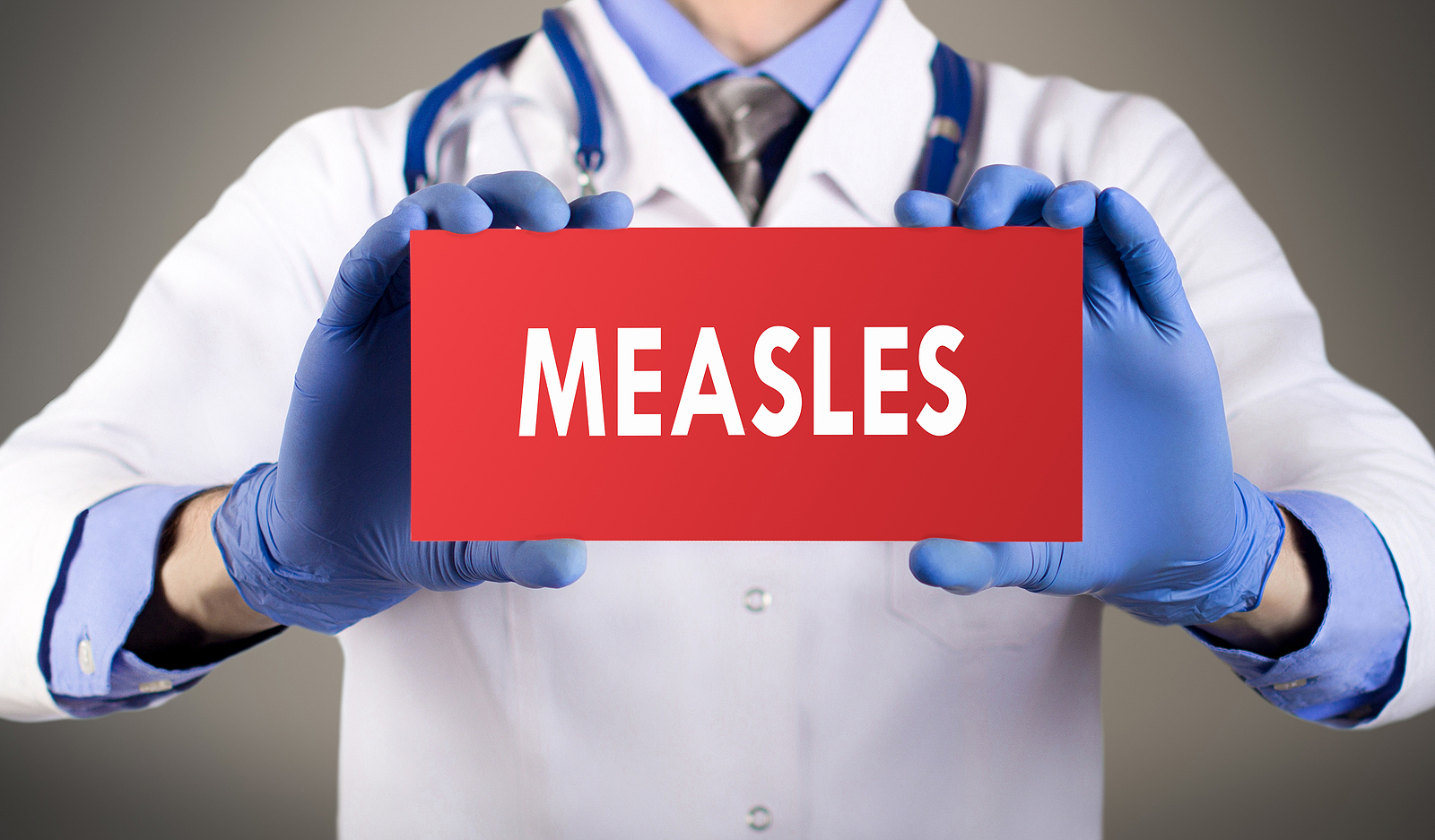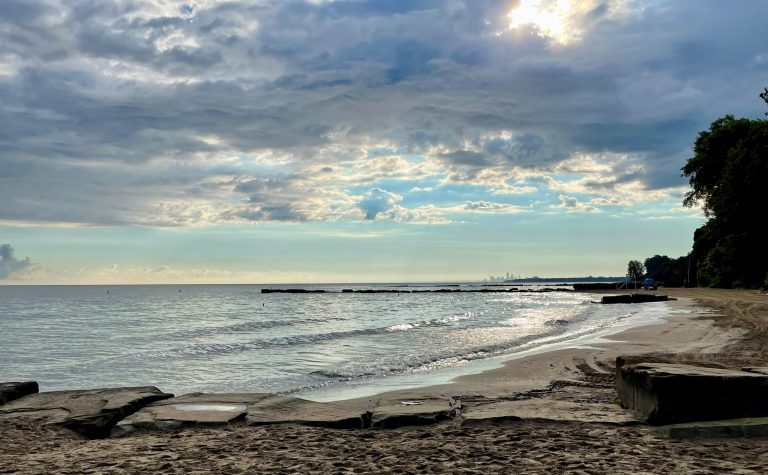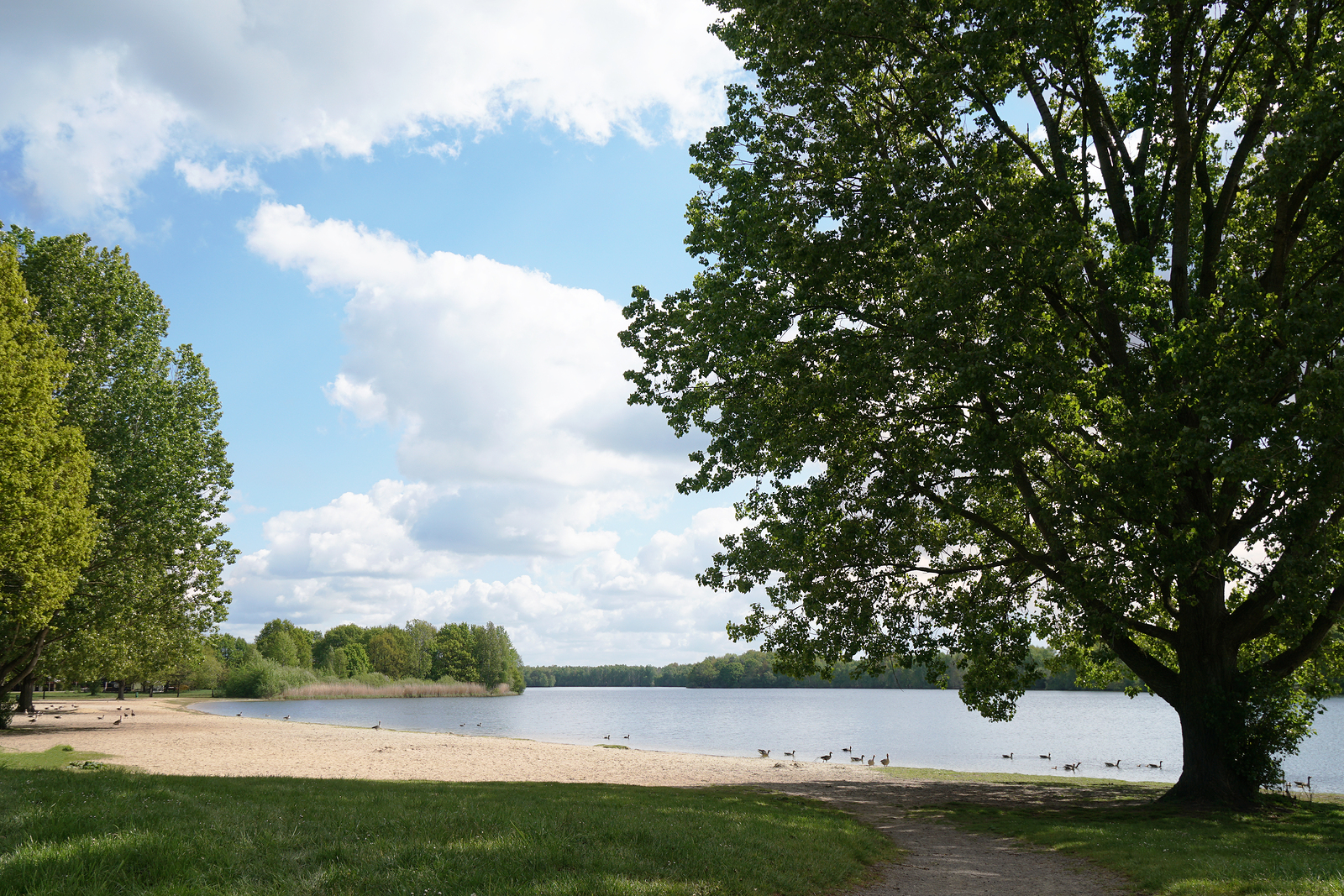Bathing Beach Program
Program Contacts
Bryan Lynch, REHS
Program Manager
216.201.2000 ext 1263
blynch@ccbh.net
Megan Symanski MA, REHS
Supervisor
216.201.2000 ext 1248
msymanski@ccbh.net
Program Background
In May 1993, CCBH adopted Bathing Beach Water Quality Regulations in order to help protect the public from potential health risks associated with swimming in recreational waters. These regulations were revised in 2006 in order to keep consistent with the Federal Beaches Environmental Assessment and Coastal Health (BEACH) Act requirements. The revised regulations became effective on April 3, 2006.
CCBH assists bathing beach operators in monitoring their bathing waters and provides guidance on the public notification requirements of water quality data. CCBH also assists beach operators in determining the suitability of proposed and existing bathing beaches, and provides direction to operators pertaining to factors affecting such suitability.
Bathing Beach Locations and Classifications
CCBH currently has 21 bathing beaches under our jurisdiction. These beaches are divided into two categories: public beaches and community beaches. The beaches are further classified into Tier 1, Tier 2, and Tier 3 Bathing Beaches based on their potential usage.
Public Bathing Beaches
A public bathing beach is defined as “an impounding reservoir, basin, lake, pond, creek, river, or other similar natural body of water which is intended to be used by the general public for bathing, whether or not a fee is charged.” Public beaches are classified as Tier 1 beaches. There are two public bathing beaches in our jurisdiction: Huntington Beach in Bay Village and Wallace Lake in Berea. Both of these beaches are owned and operated by the Cleveland Metroparks.
Community Bathing Beaches
A community bathing beach is defined as “a public bathing beach, which is not offered for use by the general public, but rather is for the exclusive use of the members of an association, partnership, corporation, or other select group, whether or not a fee is charged.” There are 19 community bathing beaches that are scattered throughout the county, consisting of both inland lakes and beaches located along the Lake Erie shoreline. A community beach can be classified as either a Tier 2 or Tier 3 beach.
Risk-based Beach Evaluation & Classification Plan / Tiered Monitoring Plan
The Cuyahoga County Board of Health has implemented a Risk-based Beach Evaluation & Classification Plan and a Tiered Monitoring Plan which provide a standardized method for identifying and monitoring bathing beaches and/or other access points to Lake Erie that are located within our health jurisdiction. These plans have been developed in accordance with Chapter 3 and Chapter 4 of the National Beach Guidance and Required Performance Criteria for Grants, 2002.
The factors used to evaluate and rank the beaches are 1) beach accessibility, 2) usage, 3) contamination sources in close proximity to the beaches, and 4) potential risk to human health based on sanitary survey information and historical data/sample results. Beaches are ranked using a 3-tiered system as a result of the evaluation process:
Tier 1 – Public beaches
Tier 2 – Non-public beaches with frequent or moderate usage, as determined by the operator/manager.
Tier 3 – Non-public (private) beaches with low usage, as determined by the operator/manager.
The Risk-based Beach Evaluation & Classification Plan also provides detailed information on all beaches located directly on Lake Erie that are within our health jurisdiction.
Permit to Operate / Inspections
All bathing beach operators are required to obtain an annual Permit to Operate a Bathing Beach. The permit is a certificate issued by the Board of Health that gives written authorization to operate a bathing beach. This permit is valid from May 1st through April 30th of the following year. The permit fee is based upon the beach classification. The permit fees for 2024 are as follows:
- Tier 1 Bathing Beach: $70.00
- Tier 2 Bathing Beach: $50.00
- Tier 3 Bathing Beach: $35.00
The permit allows for the beaches to be inspected by the Board of Health a minimum of two times during the recreational season to identify any safety, sanitation, or water quality concerns. Written inspections are provided to the beach operators for corrections to be made, if necessary.
Click here to view recent Bathing Beach inspection reports
Water Quality Sampling
All bathing beach operators are required to arrange for water sampling to be conducted on their beaches in order to determine the bacteriological quality of the water. Water samples are collected by CCBH staff and transported to the Northeast Ohio Regional Sewer District’s Lab for analysis.
E. coli is a group of bacteria that is commonly found in the intestinal tracts of humans and other warm-blooded animals and is used as an indicator of contaminated water. Many strains of E. coli are harmless, however, the presence of this bacterium may indicate that disease causing (pathogenic) organisms are also present.
Water Sampling Frequency
Public beaches, Tier 1, are required to be sampled 4 days a week during the recreation season, Memorial Day through Labor Day. Community beaches are sampled less frequently. A Tier 2 community beach is required to be sampled 2 times a month during the recreation season. A Tier 3 community beach is required to be sampled once a month during the recreation season.
CCBH may collect additional samples if water quality problems are identified such as unusually high bacteria results that are not weather-related.
Water Quality Standards for E. coli in Bathing Waters
The evaluation of water sample results is based on the “bathing waters” standard for recreational use as specified in Rule 3745-1-07 of the Ohio Administrative Code (OAC). The standard for E. coli content indicates that the E. coli content shall not exceed 235 E. coli colonies per 100 mL of beach water tested. Water quality data will be provided on this website during the recreation season.
Public Notification of Water Quality
Cuyahoga County Board of Health regulations require that bathing beach operators provide the public with water quality information. Bathing beach operators are required to post a prominent Water Quality Information sign at the beach that indicates that bacterial levels may be elevated for 24 – 48 hours after heavy rain events due to surface runoff. Full body water contact is not recommended under those conditions.
If the results of water sample analysis, as determined by the CCBH, indicate that the current water quality standard has been exceeded, the CCBH will issue a Water Quality Advisory to the beach operator, or a responsible contact person for the beach. During a Water Quality Advisory, beach operators are required to post a prominent Water Quality Advisory sign that serves to inform the public that the current water quality standard has been exceeded. This sign shall contain wording similar to the following: “Water Quality Advisory – Bacterial levels currently exceed State standards. Children, the elderly, and those in ill health are advised not to swim. Full body water contact may cause illness.”
A Water Quality Advisory shall remain in effect until results of subsequent water sampling indicate that the current water quality standard is being met. CCBH shall notify the beach operator, or a responsible contact person for the beach, via telephone or electronic email, at such time when a Water Quality Advisory can be removed.
A Beach Closure may be issued, or recommended, due to an imminent public health hazard, such as a sewage overflow, pollution spill, or similar pollution problem occurring at or near a bathing beach. A Beach Closure may be determined by the CCBH, the Ohio Department of Health, the Ohio Department of Natural Resources, or any other pertinent authority, including a beach operator, in order to protect the health and safety of the public. A beach closure may be temporary, for an extended period of time, or permanent. Beach Closure signage may be required at a beach if so determined by any of the above parties.
Reasons for High Bacterial Levels
High bacterial levels can mainly be attributed to heavy rainfall events. The potential for bacterial contamination is the greatest during the first day following a rain event and swimming is not recommended for one to two days after the rain event. In other cases, however, the cause of high bacterial levels is not readily apparent. In these instances, the Board of Health attempts to identify the cause and suggests potential solutions.
Some bodies of water are inherently subject to high bacterial levels due to their location or source of water. For example, inland lakes that receive their water solely from rain are subject to high surface runoff concentrations. Surface runoff is likely to contain contamination. In these cases, there would typically be no other water source available to dilute the concentration of the surface runoff or to move it out of the beach area.
Risk of Illness
When swimming or conducting other water activities during periods of high bacterial levels, the risk of becoming ill from contamination increases. Children, the elderly, and individuals with weakened immune systems are the most at risk. Flu-like symptoms such as diarrhea, abdominal cramping, fever, and dehydration can occur from exposure to contaminated water. Upper respiratory illnesses, such as ear, nose, and throat infections, may also occur in addition to skin infections if an open wound is not properly protected.
If you become ill after swimming at a beach, be sure to contact the Cuyahoga County Board of Health. If medical attention is required, be sure to inform your doctor that you have recently been to a bathing beach.





